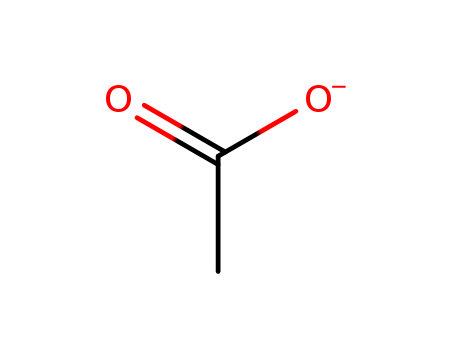10.1016/S0022-2860(03)00424-1
The study focuses on the structural and base-catalyzed cyclization behavior of methyl (2,6-disubstituted-4-nitrophenylsulphanyl)ethanoates, which are compounds containing a nitro group and a sulfanylethyl group. The main objective was to understand the conformation of the side chain in these compounds and how it influences their reactivity in base-catalyzed ring closure reactions in solution. The researchers prepared various derivatives of these compounds, such as methyl (2,4,6-trinitrophenylsulfanyl)ethanoate and methyl (2-cyano-4-nitrophenylsulphanyl)ethanoate, among others, to investigate their structural properties and reactivity. These compounds were used to study the kinetics of ring closure and to propose a reaction mechanism involving the formation of a carbanion and its subsequent reaction with the nitro group. The study also aimed to prepare open-chain intermediates and study their structure in detail, which is relevant to the understanding of the kinetics of their base-catalyzed ring closure. The chemicals used in the study served as reactants, intermediates, and products in the cyclization reactions, and their structures were analyzed using techniques such as X-ray crystallography and NMR spectroscopy to draw conclusions about their reactivity and structural preferences.





